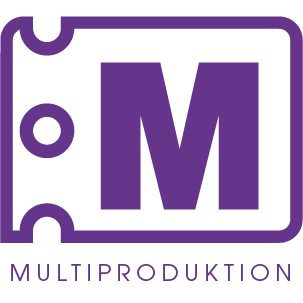The AI Triangle: A model for effective use of AI
At a time when artificial intelligence (AI) is rapidly changing the way we work and run businesses, we present the AI Triangle - a simple but powerful model for maximizing the benefits of AI in both personal and professional contexts.
What is the AI triangle?
The AI triangle is a conceptual model that illustrates how three key components interact to enable the effective use of AI:
Understanding AI
Domain knowledge
Complementary use
Let's explore each of these components and see how together they form the basis for successful AI implementation.
1. understanding AI: the basis for realistic expectations
A basic understanding of the possibilities and limitations of AI is essential. This means:
Insights into how AI algorithms work
Knowledge of the types of problems AI is best suited to solve
Awareness of potential risks and ethical considerations
With this understanding, you can:
Setting realistic goals for AI projects
Avoiding common pitfalls
Implementing AI responsibly
2. Domain knowledge: Your expertise is key
Your unique knowledge and experience in your specific field is invaluable when it comes to applying AI effectively. Domain knowledge helps you to:
Identify relevant problems that AI can solve
Interpret and contextualize AI-generated results
Make informed decisions based on a combination of AI insights and industry expertise
Your expertise ensures that AI is used to solve the right problems and that the results are interpreted correctly within the context of your business.
3. Complementary use: AI as reinforcement
The most effective way to implement AI is to see it as a complement to human capabilities, not as a replacement. Through complementary use, you can:
Automate routine or time-consuming tasks
Freeing up time for creative and strategic thinking
Improve decision-making by combining human intuition with AI-powered analytics
AI triangles
The AI triangle in practice: an example
Let's see how the AI triangle can be applied in a real-life situation:
Scenario: A company wants to improve its customer service using AI.
Understanding of AI:
The team is training on chatbots and natural language processing (NLP).
They understand AI's ability to handle routine issues and its limitations with complex cases.
Domain knowledge:
The customer service team has deep insight into common customer questions and problem-solving processes.
They understand the company's products and services in detail.
Complementary use:
Implementing an AI chatbot to handle simple questions and queries.
Uses AI to categorize and prioritize incoming cases.
Human agents focus on complex problems and emotionally demanding interactions.
Results:
Faster response times for routine questions
Increasing customer satisfaction through more efficient case management
More engaged employees who can focus on value-adding interactions
Implement the AI Triangle in your organization
To start using the AI Triangle in your business, follow these steps:
Invest in AI training: Make sure your team has a solid understanding of AI's capabilities and limitations.
Map your domain knowledge: Identify areas where your unique expertise can give AI solutions a competitive advantage.
Plan for complementary use: Explore how AI can enhance and complement your team's strengths.
Start with pilot projects: start on a smaller scale to build experience and demonstrate value.
Evaluate and iterate: Regularly measure the impact of your AI initiatives and be prepared to adjust your approach.
Conclusion: Balancing for success
The AI Triangle offers a structured approach to maximizing the value of AI in your organization. By balancing understanding of AI, domain knowledge and complementary use, you create a solid foundation for effective use of AI.
Remember that successful AI implementation is an ongoing process. Be prepared to continuously learn, adapt and evolve along with the technology. With the AI triangle as your guide, you can navigate this exciting new era with confidence and vision.
How do you plan to use the AI triangle in your organization? What opportunities do you see for AI to complement and enhance your team's strengths? Please share your thoughts and experiences!


